
Few fishkeepers forget the thrill they felt the first time they found fry in one of their tanks. Often, the sighting was unexpected-perhaps they purchased a female livebearer without realizing she was pregnant, or had no idea their fish had spawned until they caught sight of a tiny fry zigzagging among the big guys at feeding time.
The excitement of such an accidental encounter is often enough to jump start a hobbyist's interest in breeding.But a few accidental spawns are one thing; breeding fish successfully over the long term is another. The latter is the result of careful planning, realistic goals, hard work, and attention to detail. A good place to begin a discussion of this is by examining some of the reasons you might want to breed fish.
Breeding for Profit
This is one of the motives most often cited by beginning breeders. After all, fishkeeping can be an expensive hobby, and what better way to underwrite it than by producing cute little fish in your very own tank and selling them for a profit-or so the reasoning goes.
The reality is that while it's not impossible to make money breeding fish, it's difficult. Many pet shops won't take fry from hobbyists, and the hassle and expense associated with selling directly to other aquarists often outweigh the financial benefits. For now, suffice it to say that if your chief motivation for breeding fish is to make a profit, you should, at the very least, do some serious market research first.
Species: A group of organisms that share a unique set of genetically deter¬mined characteristics, such as physical form. Members of a species can breed with one another but not other species, unless the two are very close¬ly related.
Crossbreeding: This is breeding that occurs across species lines. Although this rarely occurs in the wild, it is common in captivity, where fish don't always have the option of mating with a member of their own species they some¬times mate with a member of another.
Hybrid: The crossbred offspring of two species. Hybrids typically have some traits of both parents, and are often—but not always—sterile.
Morph, strain, or variety: An organism that differs from other members of its species in minor ways, such as color or body shape. In nature, morphs develop naturally over the course of many generations. In captivity, the timetable can be significantly condensed by aquarists who set out to create new pat¬terns and fin shapes by selectively mating fish.
But that's not to say there aren't plenty of rewards inherent in breeding fish-even if getting rich isn't one of them. What follows are just a few.
Breeding for Educational Purposes
Fish exhibit some of their most interesting behavior when they're spawning, and breeding them in aquaria will give you a front-row seat-something that would be impossible in the wild. And if you have kids, what better way to instill in them respect for the natural world and at the same time expose them to something that has the potential to become a lifelong interest?
Breeding Because It's Challenging
Many hobbyists consider breeding to be one of the most significant challenges in fishkeeping, and a great way to test their skills as aquarists. A closed environment like an aquarium is an unnatural setting for a fish, so it's incredibly satisfying to know you created conditions so close to Mother Nature's that your fish were induced to spawn. Plus, there are many levels of skill to develop as a breeder; once you get the hang of some of the easier-to-spawn species, there are dozens of harder species you can try-including some that have never before been bred in aquariums.
Breeding for Conservation
There are more than 185 million freshwater fish swimming around home aquariums in the United States, and they all have to come from somewhere. While the majority of fish on the market are bred in captivity, millions of dollars' worth of some popular species-including Clown Loaches, Harlequin Rasboras, and Arowanas-are still being captured in the wild and sold to the pet trade every year, a practice that is putting a large dent in their native populations. Habitat destruction has contributed to dwindling numbers of other wild populations of freshwater fish, including Cherry Barbs, certain killifish, and Bala Sharks. By breeding fish in captivity, hobbyists can help dry up the market for wild-caught fish, and preserve species that would otherwise be at risk of extinction.
Breeding as a Social Activity
Breeding fish doesn't have to be a solitary hobby. Many aquarium clubs sponsor breeding programs in which aquarists earn points (and sometimes awards) for the number and types of fish they breed, moving through a series of ranks, from novice, to grand master breeder. It's a great opportunity to make friends and share ideas and information, learning even more about your hobby as you do.
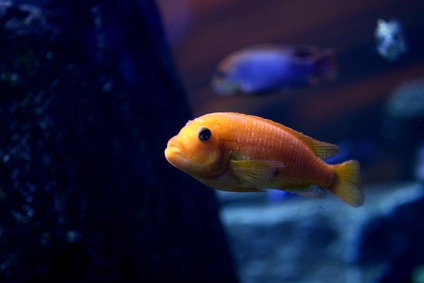 How to Take Care of a Baby Parrot Fish
How to Take Care of a Baby Parrot Fish
How to Take Care of a Baby Parrot Fish
How to Take Care of a Baby Parrot Fish
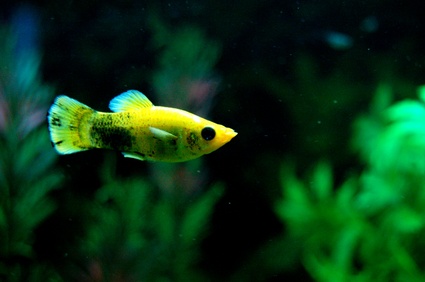 Types of Fish for Freshwater Aquariums
Types of Fish for Freshwater Aquariums
Types of Fish for Freshwater Aquariums
Types of Fish for Freshwater Aquariums
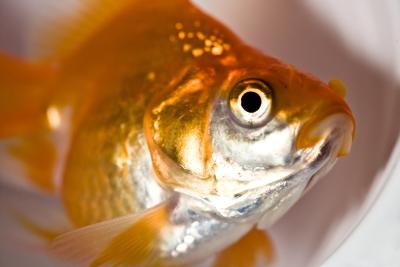 How to Painlessly Kill a Fish
How to Painlessly Kill a Fish
How to P
How to Painlessly Kill a Fish
How to Painlessly Kill a Fish
How to P
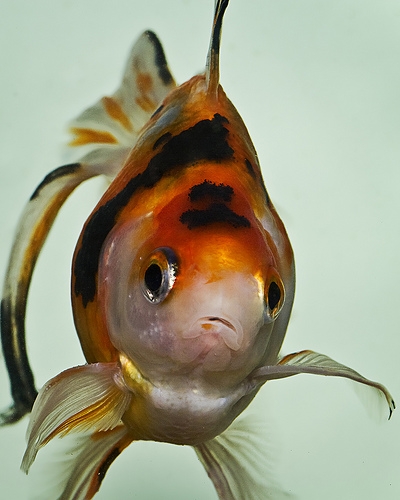 What Are the Causes of Ick in Fish?
What Are the Causes of Ick in Fish?
Wh
What Are the Causes of Ick in Fish?
What Are the Causes of Ick in Fish?
Wh
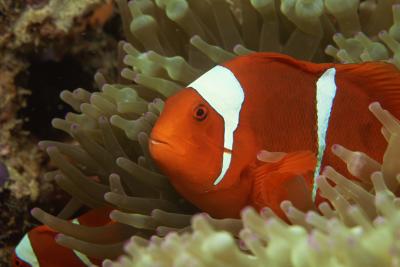 Clown Fish Small Tank Set Up for Beginners
Clown Fish Small Tank Set Up for Beginners
Clown Fish Small Tank Set Up for Beginners
Clown Fish Small Tank Set Up for Beginners
Copyright © 2005-2016 Pet Information All Rights Reserved
Contact us: www162date@outlook.com